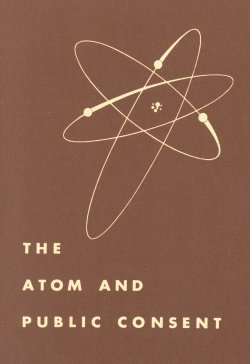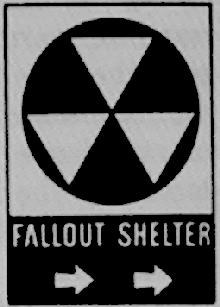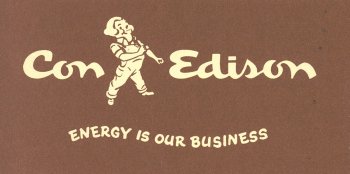|
So MANY OF US here today have spent so much time on atomic energy this past
year and the several trade journals-to say nothing of the general press-have published so many details of the electric industry's various projects, that I do not propose to confuse the issue further by recapitulating the progress that ~as been made in translating nuclear energy into electric energy.
We all know there has been definite progress.
Design work on many projects has proceeded according to plan. The Shippingport plant is well on its way to completion. Research and investigation have rolled back many frontiers. We are now in the second year of the commercial nuclear industry. And the future prospects of this young industry appear good.
Now it is the future that concerns us, the future of the nuclear industry as well as that of our own. electric utility industry. I have no doubt that we will solve the technical problems of that future. But there is another problem-equally or perhaps more important - which we must tackle without delay. That is the problem of public consent.
A LOOK AT THE PAST
It has been said that the study of history is one of the methods by which one may hopefully
forecast some part of the future. We in the electric utility industry are lineal descendants of one of the oldest trades on earth. Weare in the energy business. We can trace our business ancestors all the way back to that specialist who gathered pine knots for the tribal campfires in the damp caves of long ago.
The history of civilization closely parallels the development of energy sources. Those early bursts of culture, the Egyptian, Greek, and Ro,man eras,were based on slave labor. Slaves were dividend of military power and while these civilizations had military power they could go out and get themselves new supplies of energy whenever the old ones began to be exhausted. The Dark Ages that followed the Roman civilization accompanied a breakdown in the economy based on slavery. Military might was broken into so many small pieces that there was no ascendancy. Nor was there much peace. Each untrained, poorly organized community struggled desperately to meet its own bare needs. In the so-called Dark Ages the prime source of energy was still muscle-muscle of man and of animal. Finally, man emerged from political, intellectual, and moral chaos and advanced step by painful step in every field of human endeavor. Among other things he gradually found out how to harness some of nature's sources of energy and he devised new tools to use energy more effectively.
He brought about the industrial revolution.
ELECTRIC LIVING
Later electricity was put in harness, and for the first time the human race was equipped with a flexible and readily divisible form of energy free of location restrictions. The factories no longer had to be located alongside waterfalls and the homes could receive power by pushing buttons.
Electricity was relatively low in cost and was paid for only during the time it was used.
Electricity is as flexible as the old-time slave system. It is adapted to tasks from egg and rug beating through providing light and refrigera,tion. Roman emperors used to have their \\jne chilled with snow carried down by runners from the mountain tops. The problem is solved much more neatly and cheaply today.
The use of electricity rose constantly in America as more chores were turned over to the electric utility industry and more customers were connected to the lines. Electric loads also increased because of a sort of internal feedback. Electricity and its availability spawned a whole new order of applications that had not been conceived before. This development was beautifully phrased on the recent Diamond Jubilee of Light telecast when it was said: "Why, if it weren't for Thomas Edison, we would all be watching television by candlelight." Electricity is now established as the prime energy business. There are many of us who have spent nearly all our working lives in this industry. Sometimes, I know, we feel there is little else of importance in the world. At least, that is the frequent accusation made by our wives.
Our work is fascinating and absorbing. The problems are challenging. It is not a simple business. There are'some 300,000 of us at work in this country's electric utility companies. This is a large enough group to fulfill any individual's need for human companionship, a large enough field in which to work out our individual aspiration for accomplishment. We might act as an entirely self-contained unit and ignore the rest of the population.
But this is a temptation we must fight. We must never forget that it is public consent that keeps us in business.
IMPORTANCE OF PUBLIC CONSENT
It was the withdrawal of public consent that ruined the military might of early civilization and reduced their energy sources. It was the granting of public consent that made the first industrial revolution possible.
Public consent is a triangular affair involving company personnel, investors and the general public. There can be divergent points of interest, but the final decisions must fall within the parameters of these three viewpoints if they are to endure.
In the American scheme of things, this granting of public consent is often a noisy affair. Perhaps this noise is the principal reason why strangers, unaccustomed to the American life pattern, find it so difficult to understand us. They mistake the sound and fury for the substance.
|


